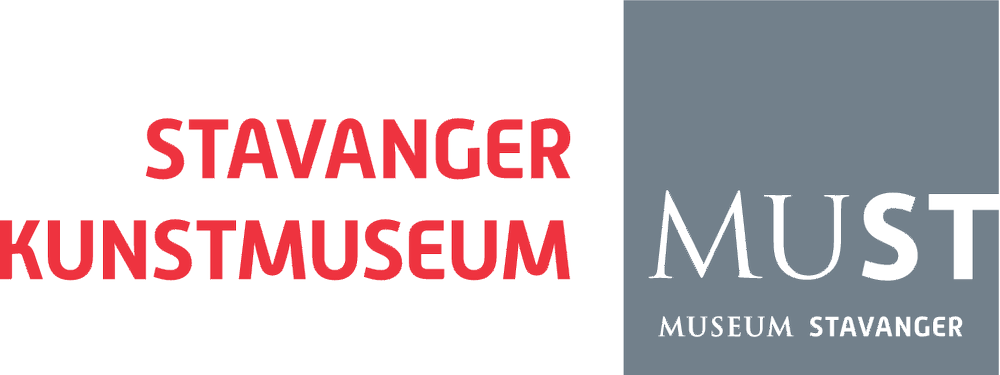Marte Johnslien
Born 1977, Lillehammer. Lives and works in Oslo.
There are many historical links between abstract art and spirituality, examples being the works of Wassily Kandinsky, Piet Mondrian and Hilma af Klint. An interest in this artistic current forms an important part of Marte Johnslien’s artistic practice and her research on the relation between abstract art, spirituality, politics and social action. This interest came to the fore in projects such as The Whitest White(2012), which forged a relation between the history of mining in Norway, Malevich’s suprematist painting White on White (1918) and the Russian mystic Ouspensky’s ideas about a spiritual dimension. Another example is Johnslien’s project Forente Nyanser (United Nuances, 2011), the spur for which is the meditation room at the United Nations in New York and the way this political organization has combined meditation with abstract art forms.
In NN-A NN-A NN-A, Johnslien presents a work that can be seen as building on a project such as Forente Nyanser. The installation The Paris Abstractions (2015) takes recourse in Isamu Noguchi’s sculptural garden at UNESCO’s campus in Paris. Isamu Noguchi (1904-1988) was one of the 20th Century’s most influential artists, having worked with multiple disciplines such as sculpture, design, the performing arts, gardens and architecture. In his sculptures, he used a modernist abstract idiom at the same time as retaining the lyrical and mystical aspects of his reductive forms. UNESCO’s sculpture garden Jardin de la Paix combines the tradition of Japanese Zen gardens with Noguchi’s abstract formalism, thus uniting modernistic art with Zen Buddhism’s ideas about meditation and UNESCO’s political and social endeavours as an organization promoting peace. UNESCO’s motto – ‘Building peace in the minds of men and women’ – points to the significance of the mind for developing a culture of peace. In both Noguchi’s sculpture garden and Tadao Ando’s meditation space at UNESCO, abstract art is given the role of visualizing room for reflection. Johnslien, in her installation, draws on Noguchi’s forms when creating her own ‘space of action’ for abstract visual strategies, one that shows how the themes of peace, universalism and meditation have links to both art and politics. The installation takes the form of a ‘garden’ of tableaux, with abstract sculptures apparently made of rusting and painted iron or mineral-rich stone. In fact, the sculptures are made with light materials such as chicken wire, textiles, epoxy glue, iron filings and pigment. Despite a visual similarity to Modernism’s forms, we can clearly identify contemporary artistic strategies in Johnslien’s use of the installation format. Furthermore, her appropriations of modern artists’ visual motifs are executed in a postmodern technique that hides rather than reveals the characteristics of materials.
Johnslien sees a contemporary form of spirituality in our era’s interest in meditation and mindfulness. In the work Former for protest (Forms of Protest) (on show at Henie Onstad Art Centre, 13 November 2014 – 1 March 2015), she treats the apparently inward-focused interest in mindfulness as an active endeavour. Key to her artistic practice is the assumption that abstraction is a forceful, potent artistic expression – this thought somewhat contradicts the traditional idea of abstraction as a strategy for withdrawal. In works such as Forente Nyanser andThe Paris Abstractions, she highlights how organizations that work with political and social strategies create room for reflection and meditation. Visualized through abstract art, this shows the need for reflection and spirituality in order to instigate change and action in society. By exploring and showing the relation between spirituality, social action and abstract art, Johnslien emphasizes the idea that today’s steadily increasing interest in spirituality and abstraction can also promote political and social engagement.
Text by: Therese Möllenhoff


